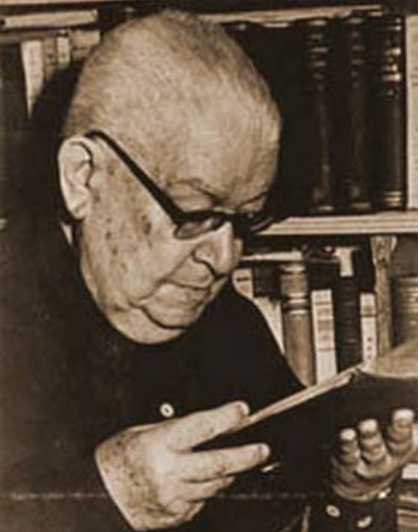4.4.2.8 The legal theme in the essay work of Fernando Ortiz (1881 – 1969)

The legal and criminological aspects occupied a relevant place in Fernando Ortiz’s essay production from the dawn of his scientific production, under the aegis of criminologist César Lombroso, who in a certain way refounded this discipline on positivist postulates.
Although Ortiz would later move toward the broader field of social studies, he never completely abandoned these studies, either as auxiliary cognitive tools or as a focus of scientific research. Law was also the discipline he studied at the University of Havana, where he earned a doctorate in Madrid.
One of his first studies on this subject was “The Penal Philosophy of the Spiritists: A Study of Legal Philosophy,” from 1915. Based on a philosophical foundation, he pondered whether axiology could truly have a universal and timeless character or was somehow linked to a communal approach. “Could good and evil be the same for all men?”
In 1926, he returned to legal themes with the publication of a series of articles titled “The Three Mambi Constitutions,” “International Law in the New Draft Cuban Criminal Code,” and “Crime Should Be Treated as a Disease.” These articles are related to his volume “Draft Cuban Criminal Code,” published that same year.
In all of these pieces, the philanthropic nature of Ortiz’s ideas shines through, as does his conception of the re-educational nature of penal institutions, rather than merely punitive ones. In this regard, he advocated for improving the living conditions in these centers so that they could truly fulfill their social purpose.








